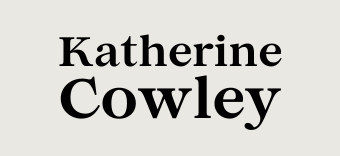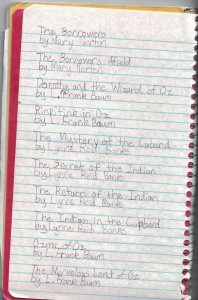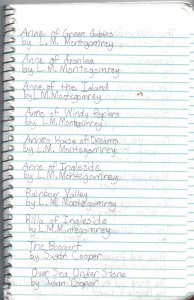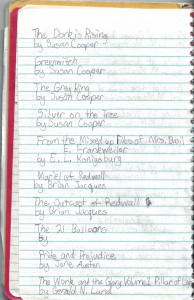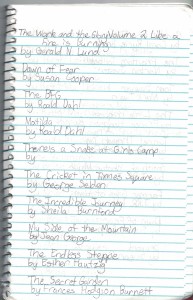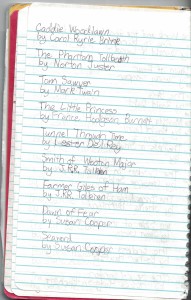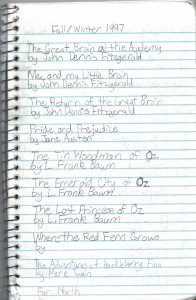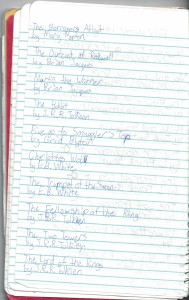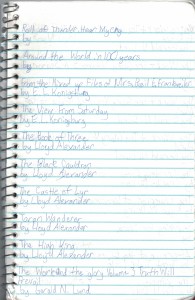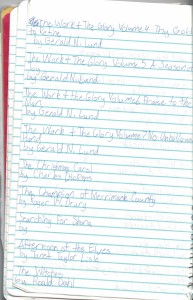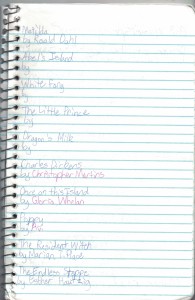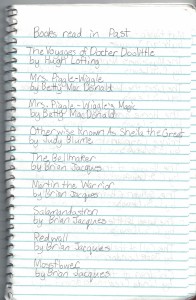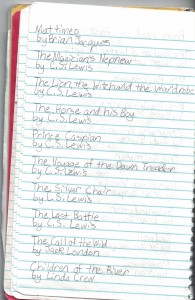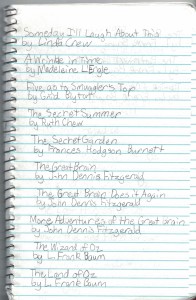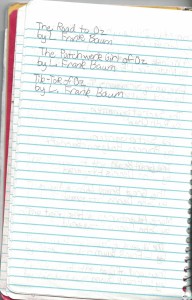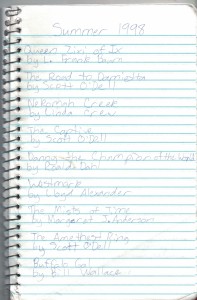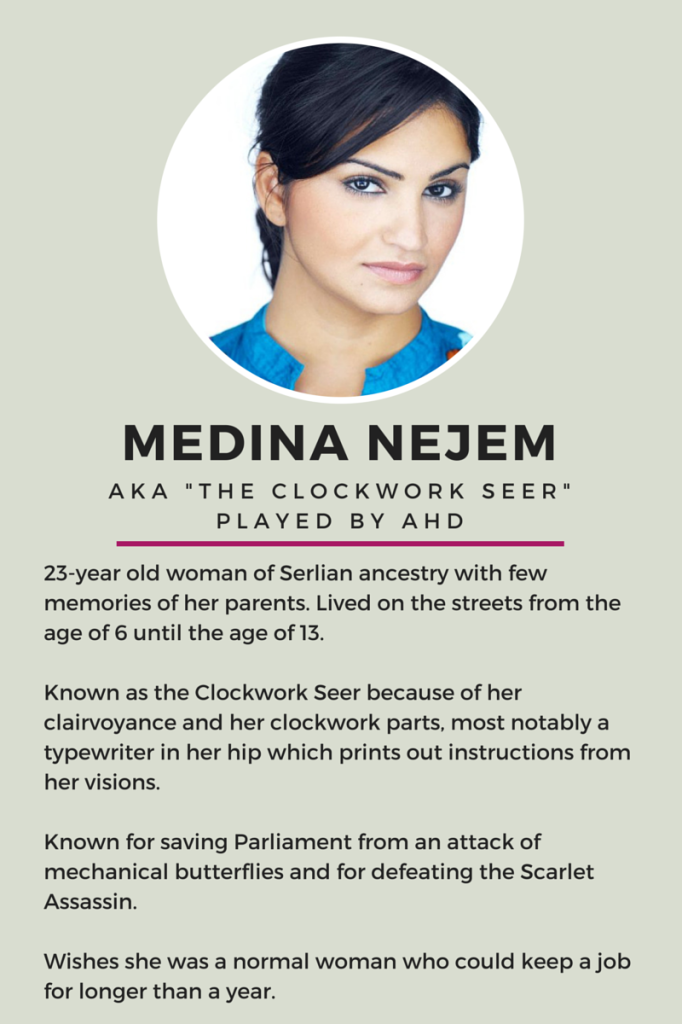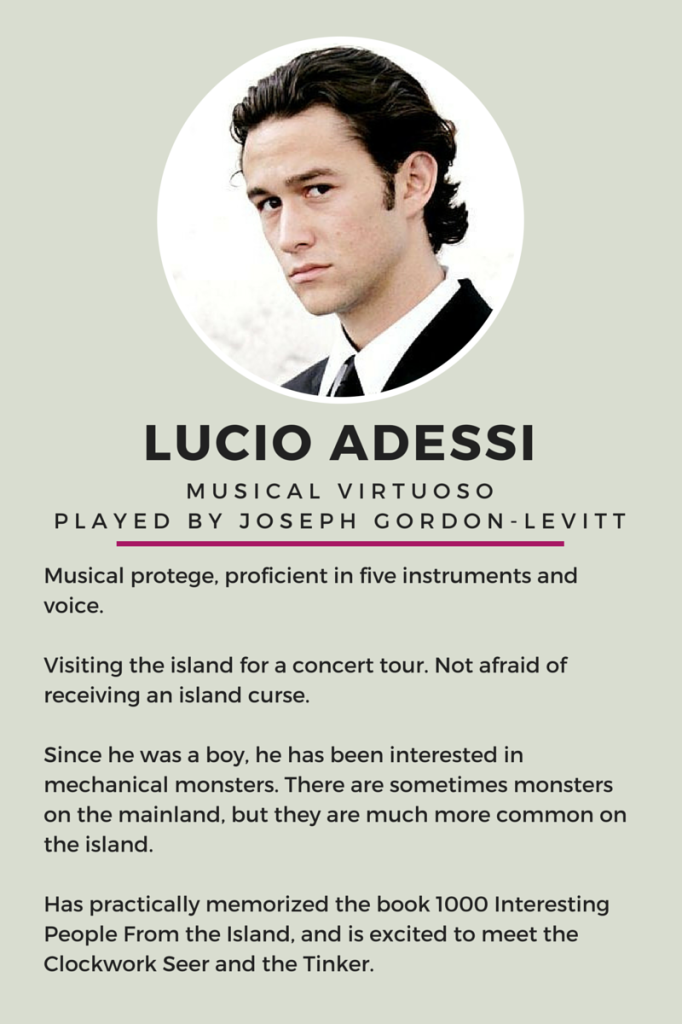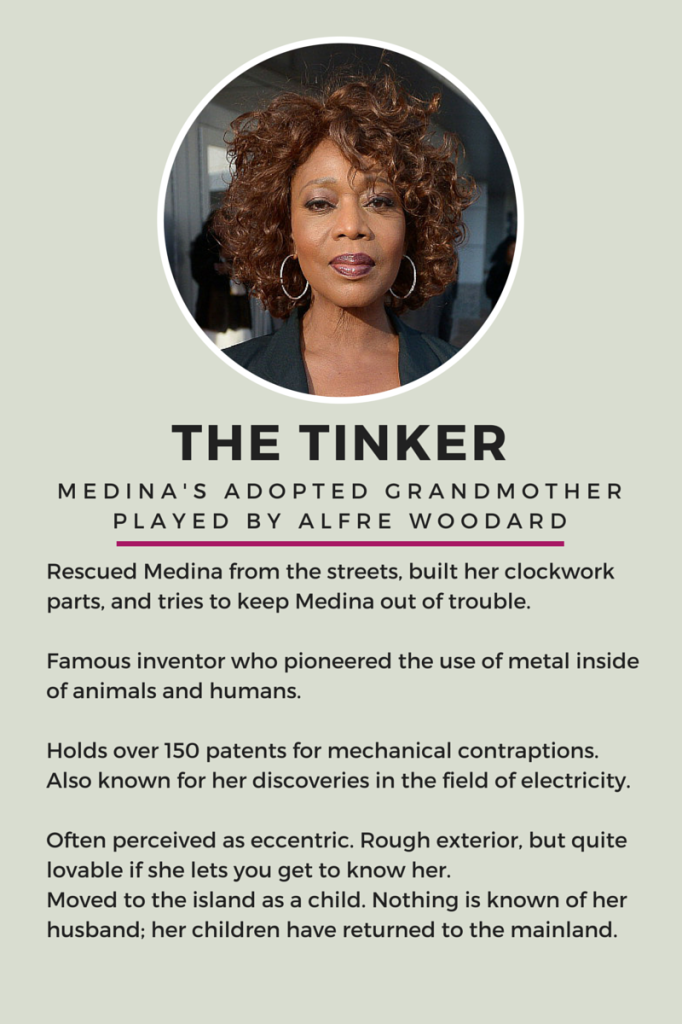“A Witch for a Day” – A Picture Book Illustrated by a 4-Year-Old

I wrote a picture book for my 4-year-old daughter and she illustrated it. She wanted me to post it online so that everyone could read it for Halloween. It’s titled A Witch for a Day and her illustrations are absolutely delightful.
But before I include the story/pictures, a little background. (You can scroll to skip if you just want the story.)
Last week, I received my very first fan art, for my novelette “The Clockwork Seer.”
 It was made by my daughter Myra. When “The Clockwork Seer” was released in the anthology Steel and Bone in June, Myra asked me to read it to her. It took two days, but she listened attentively to the entire thing, despite the lack of any pictures.
It was made by my daughter Myra. When “The Clockwork Seer” was released in the anthology Steel and Bone in June, Myra asked me to read it to her. It took two days, but she listened attentively to the entire thing, despite the lack of any pictures.
After one of our reading sessions, Myra declared, “she feels tastes!”
I read it to her four months ago, but she still randomly brings it up (“there was an automaton, wasn’t there?”). And the picture she drew me about the story (which includes the title, under the orangish-brown square) even says “The Clockwork Seer.”
I flipped over the picture and on the back I found the following:
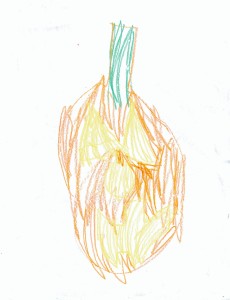 Myra said, “I drew you a pumpkin because your next story needs to be a Halloween story. And it needs to have witches and wizards in it.”
Myra said, “I drew you a pumpkin because your next story needs to be a Halloween story. And it needs to have witches and wizards in it.”
So I brainstormed a little, and sat down and wrote her a picture book. I printed it out and read her each page so she could illustrate it.
The results make me very happy. I hope you enjoy our story and have a very Happy Halloween!
A Witch for a Day – by Katherine Cowley; illustrated by Myra Cowley
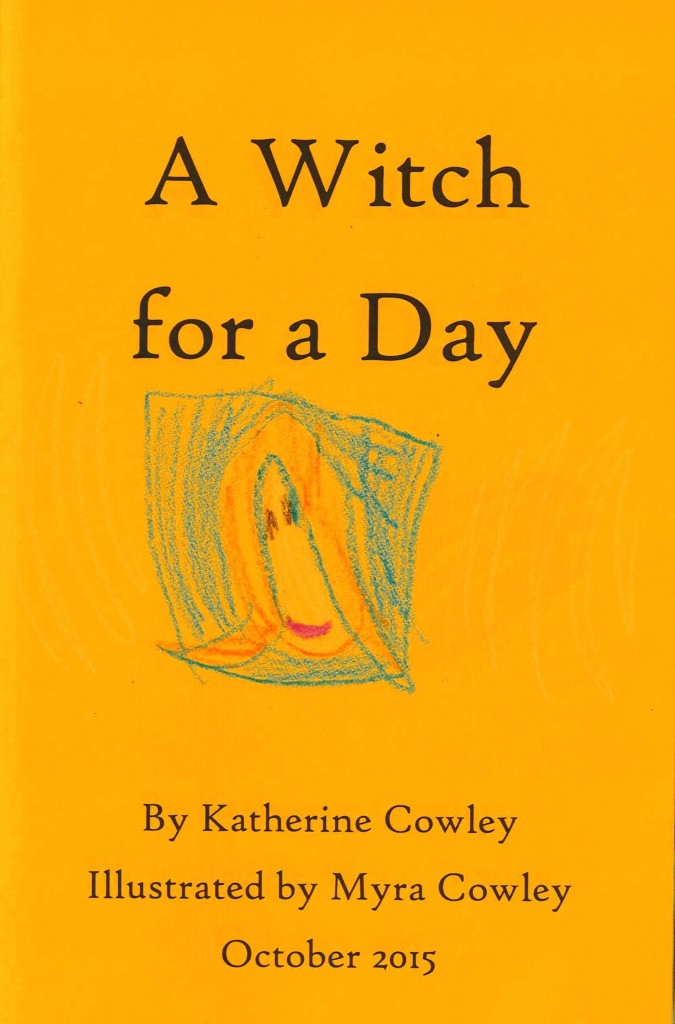
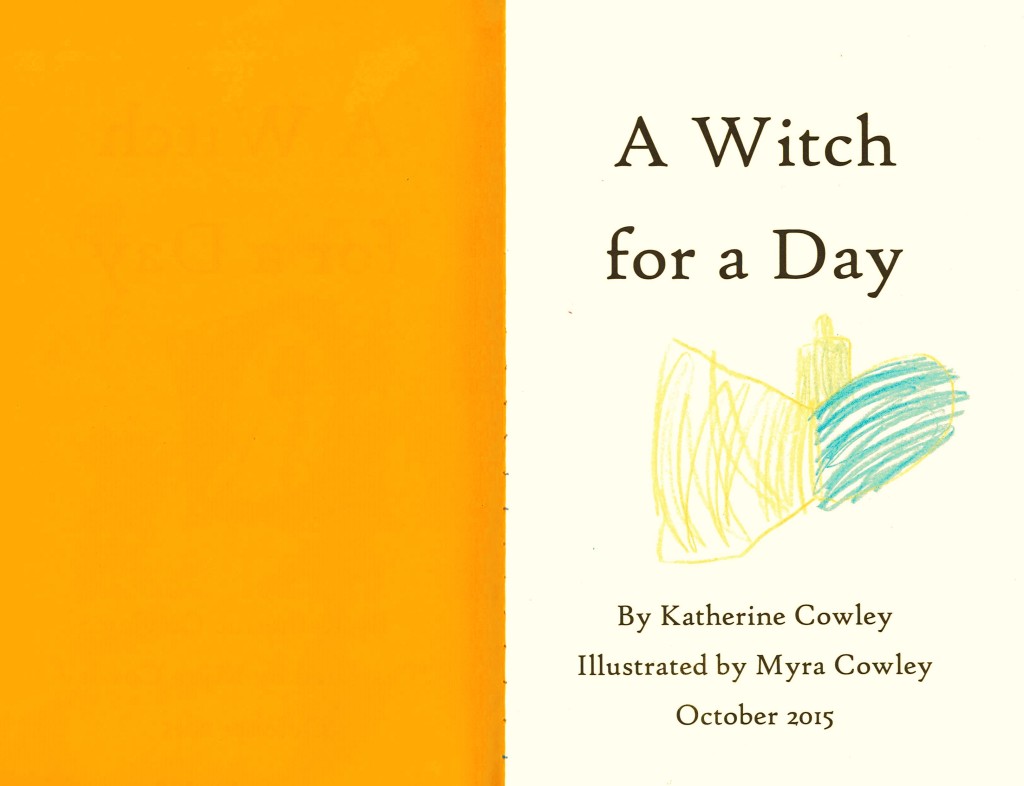

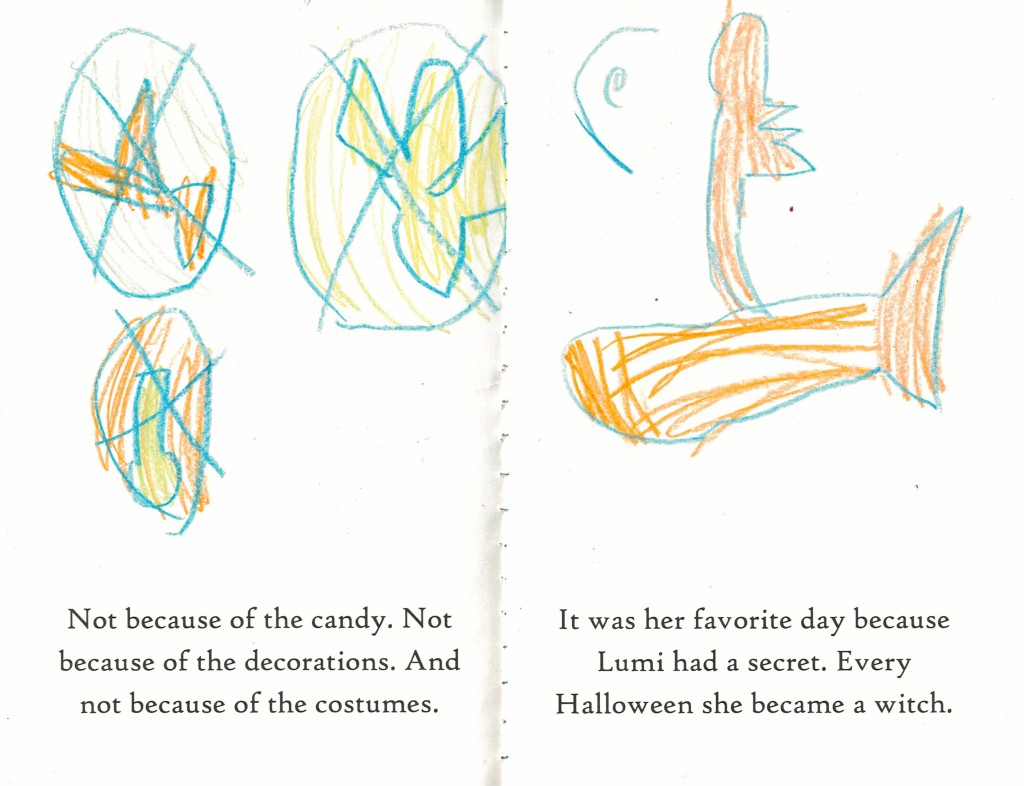
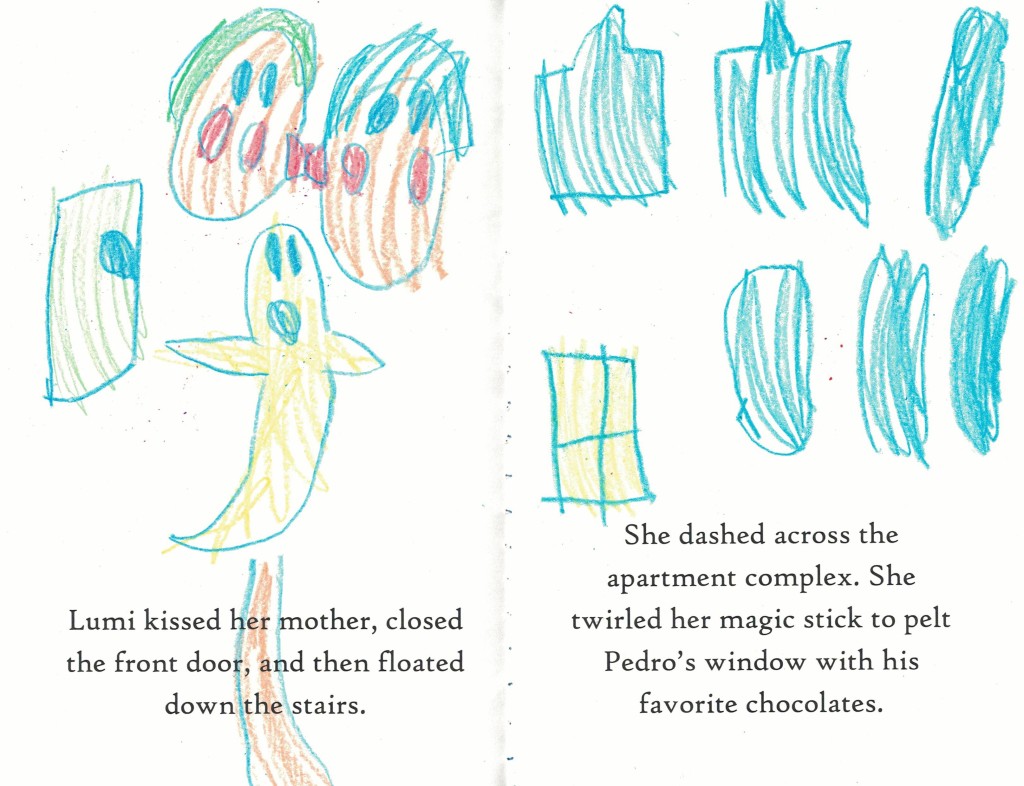

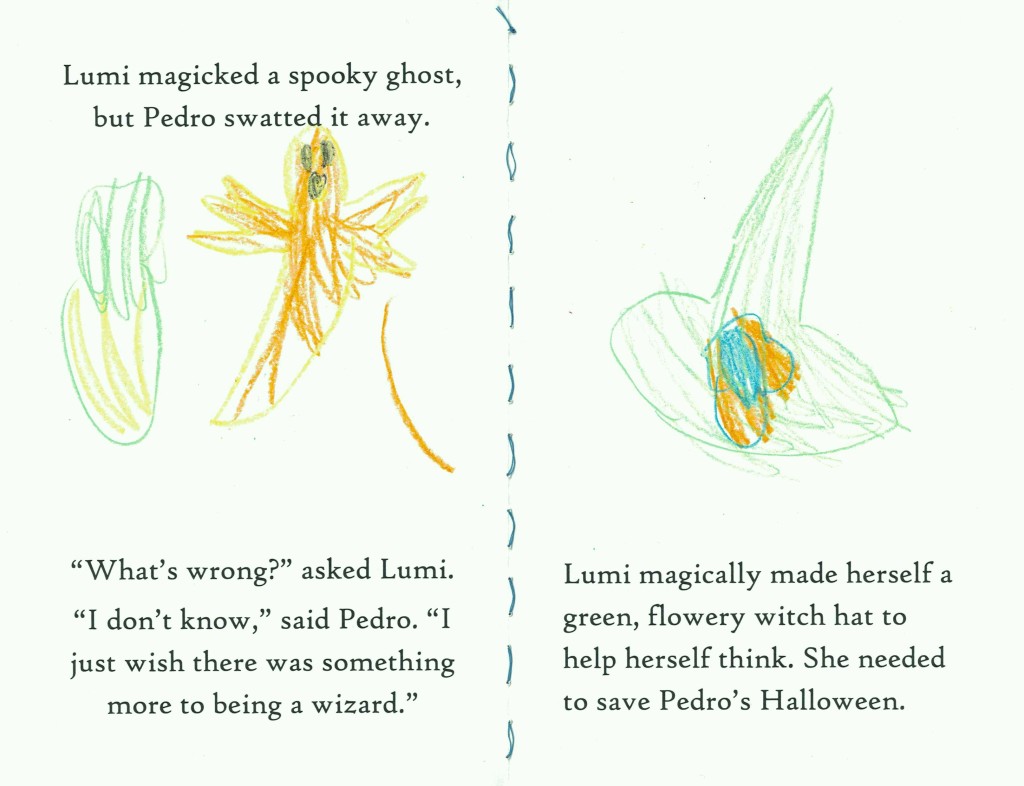
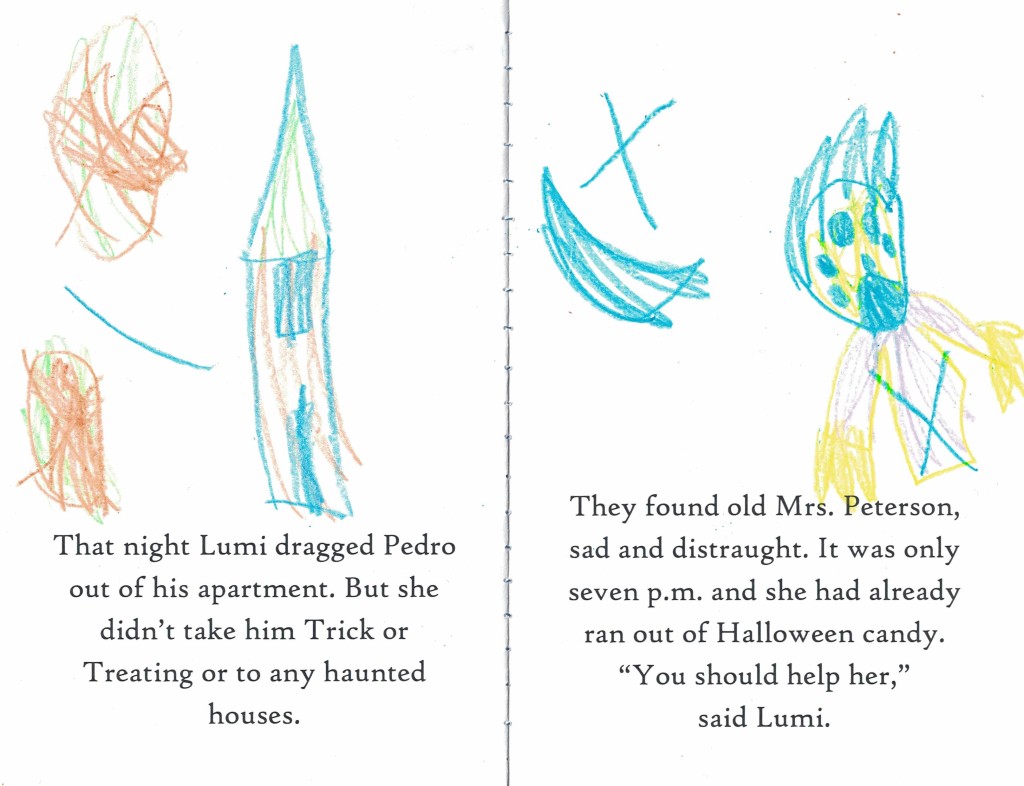
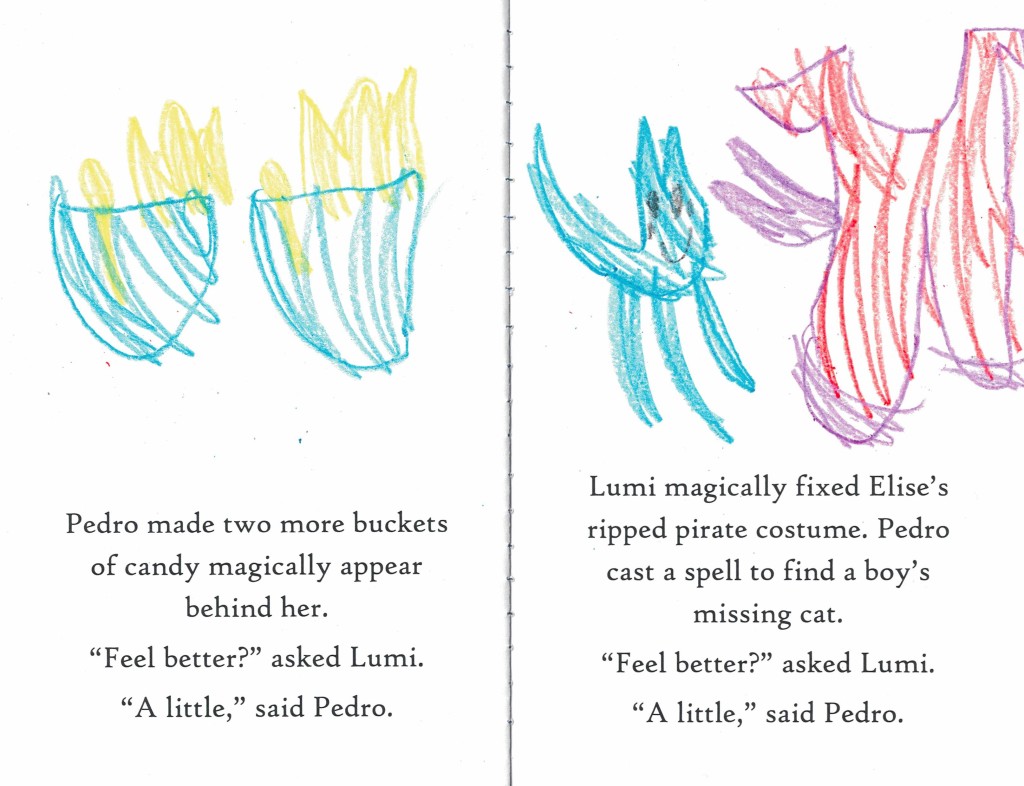
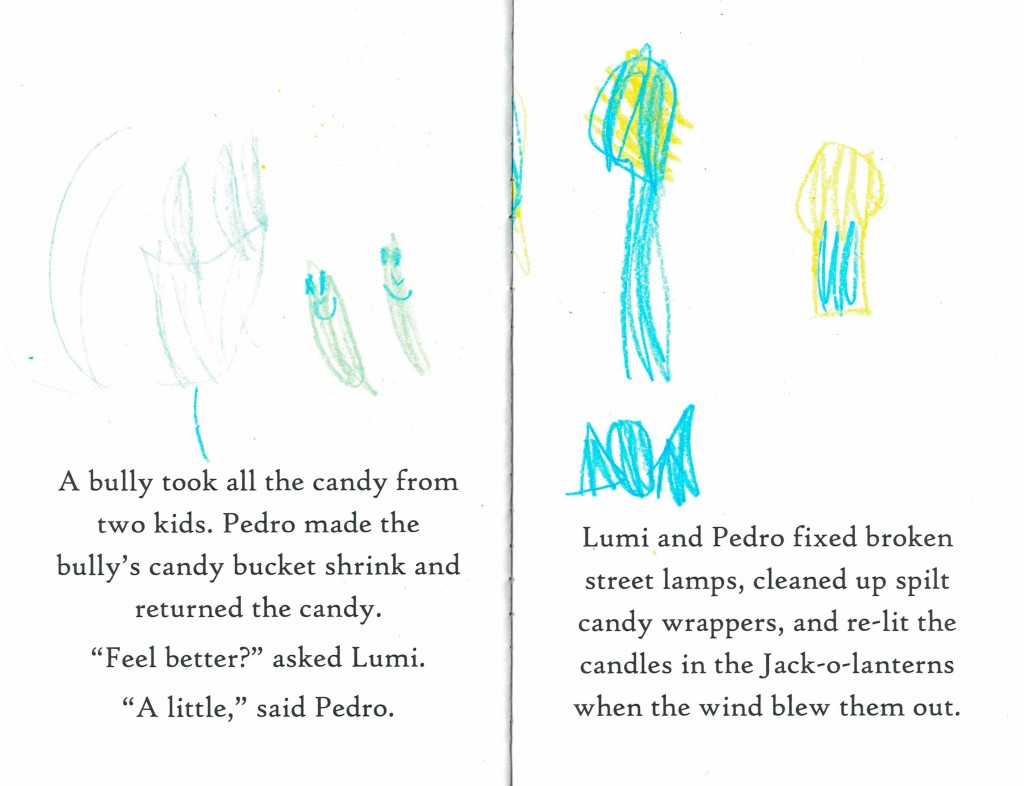
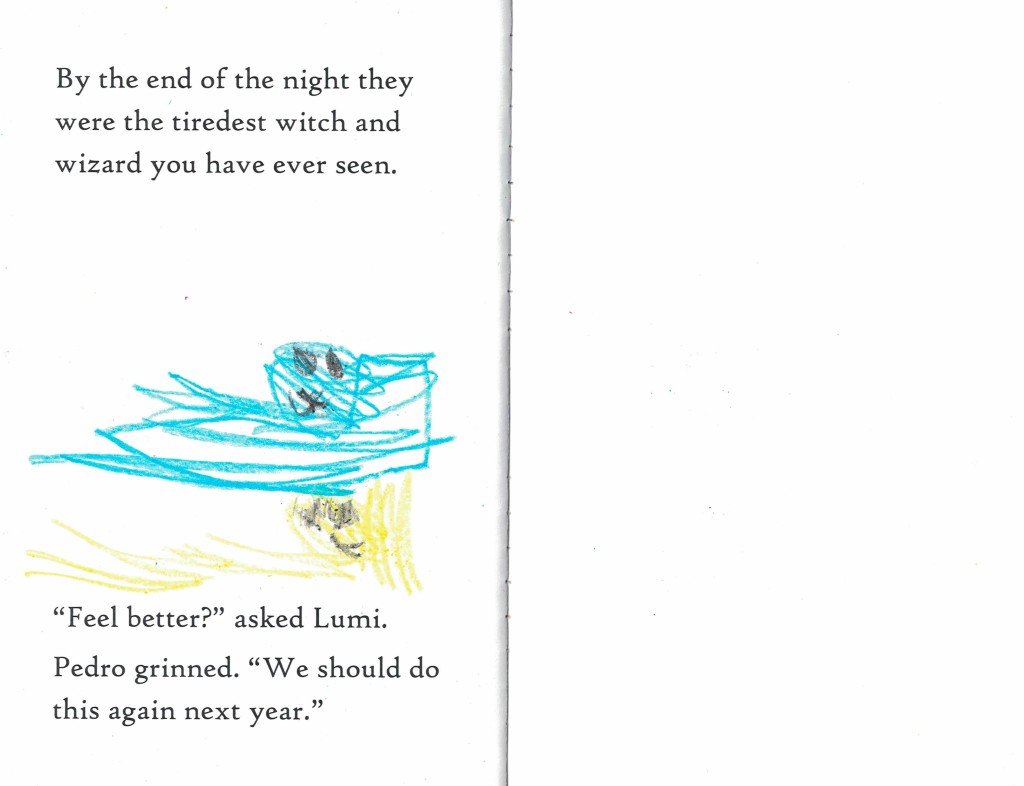
And that, folks, is A Witch for a Day. Part of me thinks that every picture book should be illustrated by a 4-year-old.
Bonus Witch Pictures
My daughter has been rather excited about witches this year. Not only is she dressing as a witch for Halloween, but she has drawn several other witch pictures that she wanted me to share.

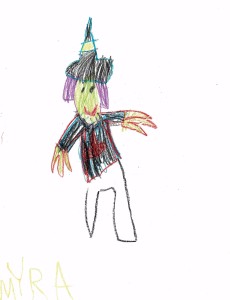

Happy Halloween!
A Fancy Nancy Birthday Party and Activities

Books are well-loved in my family, so it was quite natural to throw a book-themed birthday party. Having a Fancy Nancy themed birthday party made it so my daughter could have all the fancy, pink things she wanted. For activities we did everything from Fancy Nancy crafts to a Fancy Show and Tell.
You could easily throw a Fancy Nancy birthday party for children from ages 3 to 8 (and there are books targeted to both slightly younger and slightly older children). In this blog post I’ve included alternate activity ideas in addition to the ones I used. I’ve also included my approximate prices.
Fancy Apparel
What’s a Fancy Nancy party without fancy apparel? On the invitation we invited everyone to wear fancy clothes to the party. My husband even wore his tuxedo.

My daughters in their fancy clothes, waiting for the guests to arrive.
Opening Activity: Pin the Accessories on Fancy Nancy
 I made a large Fancy Nancy poster and printed and cut out lots of jewelry, bows, ribbons, butterflies, and other decorations.
I made a large Fancy Nancy poster and printed and cut out lots of jewelry, bows, ribbons, butterflies, and other decorations.
When the kids arrived, they were able to color in the accessories and then tape then on to Fancy Nancy. Because my daughter and her friends are rather young, they pinned the accessories on with their eyes open. Slightly older children could do it blindfolded.
 Planning your own party:
Planning your own party:
If you want to print a poster at Office Max or another copy place, download a high quality file from Google. (On Google Images search Fancy Nancy. Click on Search Tools, Choose Size, and then select Large so you have a high quality image.)
I actually created my own poster by using a high quality black and white image, expanding it in Microsoft Excel, and then printing, assembling, and coloring it myself.
Fancy Nancy Crafts
 I found a ridiculous number of paper crowns at Hobby Lobby for $2, bought sequins, and provided fun markers and glue. And then the kids decorated fancy crowns.
I found a ridiculous number of paper crowns at Hobby Lobby for $2, bought sequins, and provided fun markers and glue. And then the kids decorated fancy crowns.
For those who finished their crowns more quickly, I also printed out Fancy Nancy coloring pages from Fancy Nancy World, an awesome website made by the publishers of the Fancy Nancy books.
Fancy Show and Tell
This was one of the highlights of our Fancy Nancy birthday party. On the invitation, we asked each of the kids to bring a fancy item for show and tell. The kids had an awesome time talking about their fancy items, and it was a great way to introduce kids who didn’t know each other.
Fancy Nancy Story Time and Dancing
What is a Fancy Nancy party without story time?
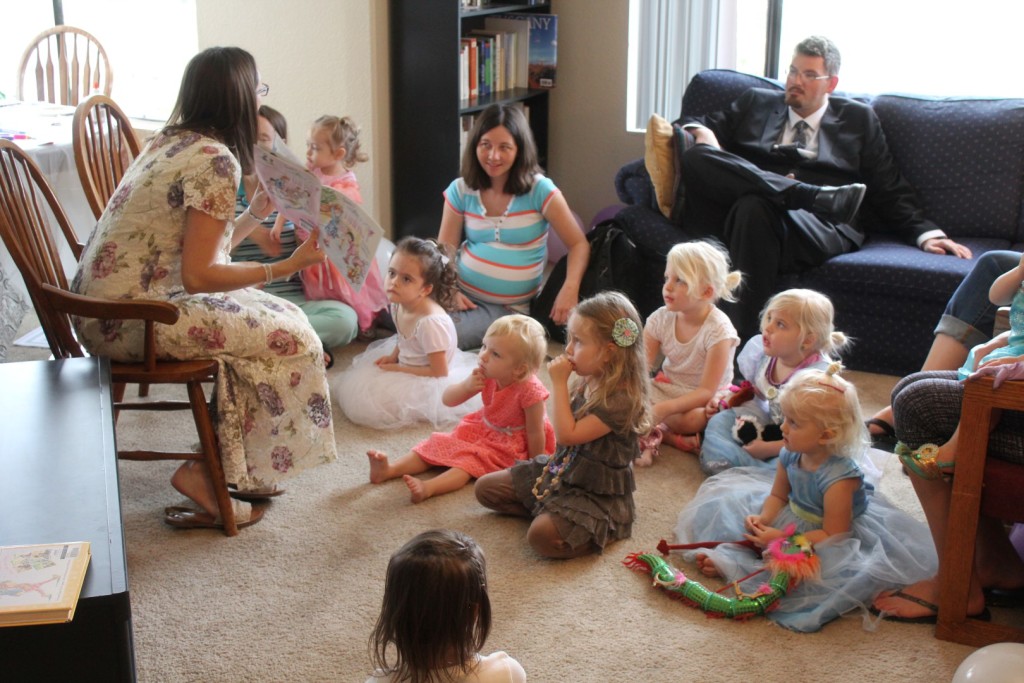
I read the kids the book Fancy Nancy: Budding Ballerina (which you can buy on Amazon for a few dollars).
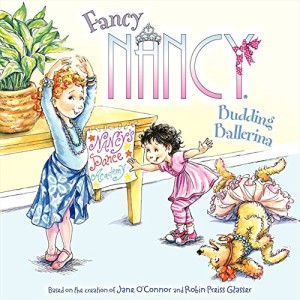 In this book, Fancy Nancy decides to teach ballet lessons to her family. It’s a delightful little story.
In this book, Fancy Nancy decides to teach ballet lessons to her family. It’s a delightful little story.
After reading the book, all the kids got to dance, which was one of the highlights of the party. My daughters loved spinning and twirling with their friends. For music they chose “Dance of the Sugar Plum Fairy.” There are also lots of great CD collections like The Little Ballerina! The Greatest Classical Ballet Music for Kids.
They also danced to the song “Anyone Can Be Fancy” from Fancy Nancy: The Musical. Yes, there’s a Fancy Nancy musical. It’s very existence makes me happy.
Fancy Nancy Birthday Treats and Party Favors
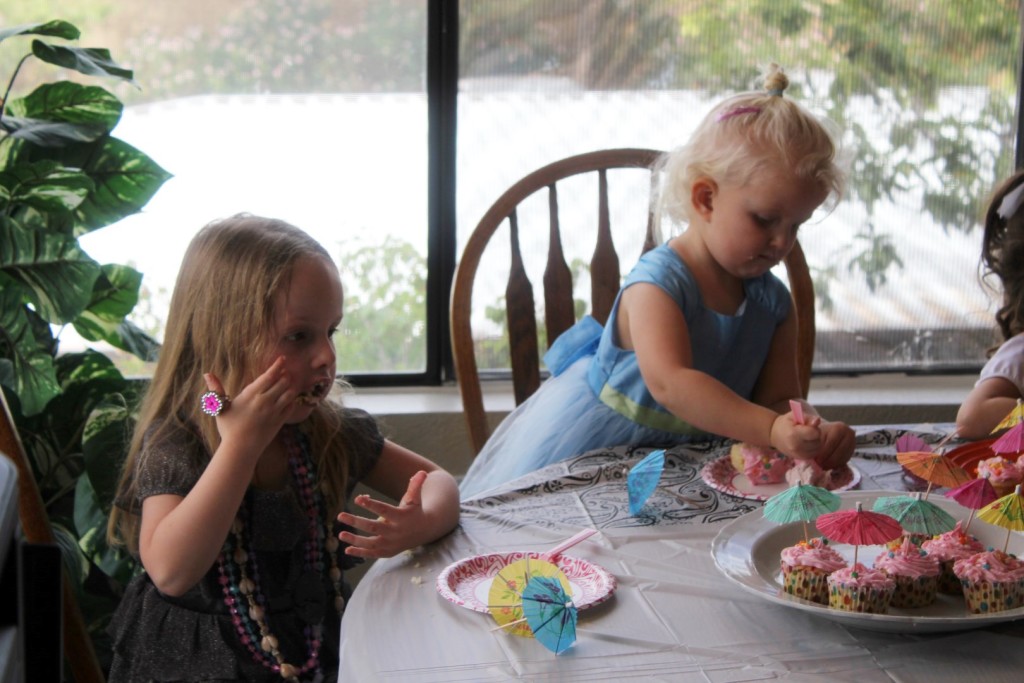
My daughter insisted on a Funfetti cupcake mix and pink frosting (she actually planned this part over six months in advance of the party). I bought several cans of Betty Crocker Cupcake Icing at the store, which made decorating the cupcakes really easy, as they already comes with four tips. (I just used the basic flower one, and went in circles from the outside of the cupcake in.) My daughters added sprinkles and umbrella toothpicks (Walmart–$4). The results are very similar to the cupcakes Fancy Nancy makes in the books.

 For favors I bought a couple packs of girly party favors (which you can buy from a party store, Walmart, Target, etc.). I also purchased candy bracelets, extra rings and butterfly hair clips to add to the mix. And the favorite party favor of all: ring pops (from the dollar store).
For favors I bought a couple packs of girly party favors (which you can buy from a party store, Walmart, Target, etc.). I also purchased candy bracelets, extra rings and butterfly hair clips to add to the mix. And the favorite party favor of all: ring pops (from the dollar store).
If you want to go to the next level, you could give each kid a Fancy Nancy book. There are a number of paperbacks available for just a few dollars a copy. (For example, Tea for Two, Puppy Party, The Delectable Cupcakes, Super Secret Surprise Party, or, if you have slightly older kids and want an early chapter book, Secret of the Silver Key.)
Fancy Nancy Birthday Party: Additional Activity Ideas
- Fancy smells (perfume testing) or for older children, fancy nails
- A Fancy Nancy rhyming or fancy words activity
- Making fancy name tags or hair clips
- Turn the birthday party into a tea party, and read Tea for Two
- Fancy Nancy Hide ‘n Peek House Game (this is an awesome game, targeted for ages 6 and up, though you can simplify it for younger kids). This would work well for a more intimate party, with 5 or 6 guests.
- Fancy Nancy World has a number of printable games and crafts that could be used or adapted for a party.
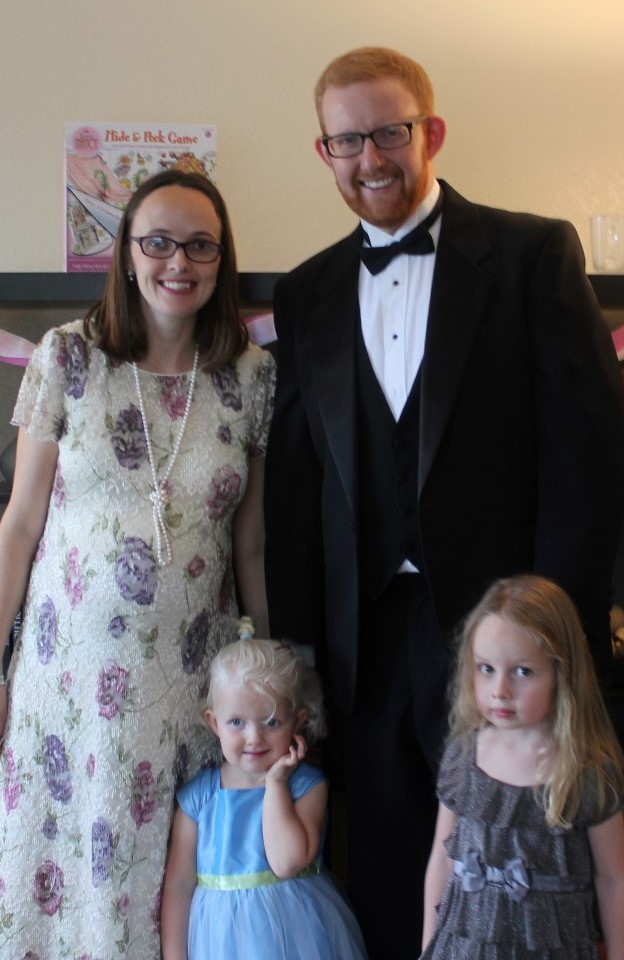
My daughters were pretty worn out by the end of the party (when we had this picture taken) but they loved the party and so did the guests!
Flashback Friday: Jane Austen and the Art of Argument (Ignite Phoenix)
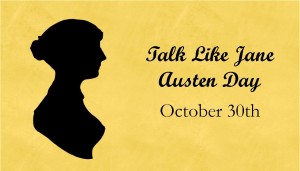 Two years ago I gave a presentation to 800 people at Ignite Phoenix titled “Pride and Prejudice: Jane Austen and the Art of Argument.” I argue that if they had lived at the same time, Jane Austen and Aristotle probably would’ve fallen in love, because Jane Austen’s novels are really rhetoric textbooks that teach the art of argument.
Two years ago I gave a presentation to 800 people at Ignite Phoenix titled “Pride and Prejudice: Jane Austen and the Art of Argument.” I argue that if they had lived at the same time, Jane Austen and Aristotle probably would’ve fallen in love, because Jane Austen’s novels are really rhetoric textbooks that teach the art of argument.
In honor of one of my favorite holidays coming up, Talk Like Jane Austen Day, I’ve decided to repost the video of my Ignite Phoenix presentation:
More details on some of the rhetoricians and how Jane Austen uses their techniques can be found on my page, The Art of Argument in Pride and Prejudice.
In case you can’t tell, I heart Jane Austen.
I Read 107 Books When I Was 10, And Some Of Them Surprise Me
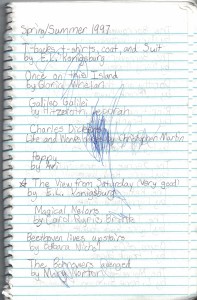 When I was ten years old I decided to keep a reading log. I wish I had kept one all growing up, but at least I have a little window into the past. I rediscovered the notebook the other day while unpacking after moving.
When I was ten years old I decided to keep a reading log. I wish I had kept one all growing up, but at least I have a little window into the past. I rediscovered the notebook the other day while unpacking after moving.
Highlights
When I was 10, I read Pride and Prejudice for the first time. I actually read it twice: in the Spring/Summer, and also later that Fall.
Never one to let labels of age-appropriate reading deter me, I read not only The Hobbit but the entire Lord of the Rings series, and a few other J. R. R. Tolkien novels. Lest you think I only read novels generally considered “great works,” I also read books such as There’s a Snake at Girl’s Camp. I don’t remember it, but surely it was pivotal in my personal literary formation.
The View from Saturday may have been my favorite book–it is the only book on the list that has a star and a “very good” next to it, and I also read it a second time.
I read 5 novels from the Wizard of Oz series, Susan Cooper’s The Dark is Rising series, and all eight novels from the Anne of Green Gables series. Even then, I liked to binge on my favorite authors. And like now, I read all genres, though I had a soft spot for fantasy. Unfortunately, it’s been a while since I had time to read 107 novels in a year, though I still tend to read at least 60.
Perhaps someone’s reading habits at the age of ten can tell you everything you need to know about her. If so, feel free to browse through the entire list.
The Reading Log
Other Reading Log Glimpses
When I was ten, I also wrote a list called “Books read in Past.” I suspect these were books I read at the age of 8 or 9, which I wanted to remember having read. I also attempted to keep a reading log at the age of 11, but suffered from inconsistency, and only wrote down 10 books that year (though I likely read around the same number as at age 10).
Book Review: Finding Your Sense of Place by Janni Simner
 Learning how to write emotions was one of the hardest skills I had to learn as a writer, and something I’m still trying to improve on. (Sadly, statements like “Mary felt afraid” are actually terrible at showing Mary’s fear.)
Learning how to write emotions was one of the hardest skills I had to learn as a writer, and something I’m still trying to improve on. (Sadly, statements like “Mary felt afraid” are actually terrible at showing Mary’s fear.)
Finding Your Sense of Place by Janni Simner focuses specifically on how to use setting and description to create emotion. For Simner, setting should never be in a story simply to establish place. The details chosen for a setting and how they are used in connection with the characters are her favorite way to give a sense of the characters’ emotions.
Simner also dives into how to research the authentic setting details you will need. Ideally you get to visit a place, as she did when writing a book set in Iceland, but if that is impossible she has other techniques.
At the end there is a bonus essay, “Into the Fog: Icelandic Land and Lore,” which is beautiful to read, and makes me want to visit cool places for my stories.
Quick read–about 40 pages, and I highly recommend it for an exploration of setting and emotion. It’s available for $3 for Amazon Kindle; the author has links to other vendors selling the ebook on her website.
Related:
In my blog post Writing Powerful Emotion Beats in Fiction I discuss 10 ways to show character emotion. Setting is one of them, but there are 9 others.
Excerpt of “The Clockwork Seer” and Character Casting
The Steel and Bone anthology will be released on Saturday, and in addition to pre-ordering the book, you can enter a Rafflecopter giveaway with a lot of awesome giveaways (free books, a ThinkGeek giftcard, and more!).
While you’re waiting, here’s an excerpt of my contribution to Steel and Bone, “The Clockwork Seer,” and my Character Casting.
Excerpt from “The Clockwork Seer”
There were too many people, but once the music started Medina could ignore them well enough. Her private viewing box made it easier, giving her a little separation from the crowd. Well-dressed men and women pushed through the aisles of the concert hall, finding their seats. Medina tasted cinnamon, a product of her own excitement and the energy of those surrounding her. Today’s performer hailed from the mainland: the brilliant Lucio Adessi, the best musician to visit the island this year. It was Sunday, the one day of the week that offered midday concerts.
The muscles in Medina’s arms convulsed. She clenched her hands onto the sides of her chair. The vision came as it always did: a shaking of her muscles, and a flash of colors and emotions. This time a spattering of small black and brown shapes cavorted across her sight, the taste of sour grapes sat on her tongue, and the scent of burning coal invaded her nose with a touch of fear. The vision was mild though, not overwhelming, thanks to the clockwork in Medina’s body which translated her visions into words and actions. Medina was mostly human—only a small part clockwork—and she often wished the sight would stop afflicting her so she could live a normal life. But she couldn’t do anything to prevent her clairvoyance. She waited expectantly for the typewriter in her right hip to print out instructions.
Thud, thud, thud, went the type hammers as they swung, pressing the metal slugs of type onto a small piece of paper. Then the typing stopped.
Medina paused with her hand to her hip, hesitating to take the paper. She tasted pickles, as she often did when she felt uncertain. Even when not receiving precognition, Medina experienced tastes and smells related to her emotions. Fortunately, this medical condition only ever heightened those two senses, while the visions flooded her five senses and all the nerves in her body.
The island caused her extrasensory gifts—or curses. The visions in particular tended to trouble her at inconvenient times, such as now, with the concert about to start. She did not want to miss it.
But she could not ignore a vision. She dared not risk it. Especially since the experience tasted of sour grapes, which she generally associated with monsters.
Medina glanced around to make sure no one was watching her, then opened the metal compartment in her side, which jutted out about an inch from her hip. She removed the piece of paper.
Tell the hall master to put out the nets.
The nets had only one purpose: to catch mechanical spiders. The newspaper hadn’t mentioned mechanical spiders in today’s forecast, but that didn’t matter. Medina’s visions were much more limited (and incredibly less useful) than those of the seer who worked for the newspaper: Medina could only foretell things directly related to herself, and only in the immediate future. Unlike most of those gifted with clairvoyance, she didn’t actually view the future; rather, what specifically she should do about it. But Medina’s visions were always accurate, so even if life would be easier without them, when they came she had to act, because of the small chance it might be about something important.
Medina dashed out of her loge—her private viewing box—not caring that people noticed her exit. She ran to the lobby of the building and hailed Mr. Frederic Cunningham, who owned the concert hall.
“Mr. Cunningham!” she gasped. “You need to put out the nets.”
“Spiders only come in the evening,” Mr. Cunningham replied. “It’s midday.”
But Medina had not planned to be here this evening, which meant the spiders could come at any moment. “You must put the nets out now. It’s important. I swear it on my life.” Medina’s hands shook. She folded them in front of her body, trying to stabilize herself. Even when ameliorated by clockwork, visions made her body weak and fragile.
Mr. Cunningham looked at the metal compartment in her hip. He knew she was part clockwork, and a seer. He’d grown to like her, as she had come to every single performance in the hall for the last four years. He had noticed that she preferred to sit alone, so he had given her one of the private loges without extra charge. Yet he obviously did not want to look like a fool by putting out his nets in the middle of the day. And she had never had a vision while in the concert hall before—in fact, she had never told him specifics about any of her extrasensory experiences.
“Please,” Medina pleaded. “Do it right now.” She had her own nets at home, but she could not bring them back in time.
“Very well,” said Mr. Cunningham. “But it better not deter anyone who is late to the concert.”
He instructed his assistants to put out nets. They looked confused but did not argue with him as they turned the cranks to lower the nets outside of the entryways and windows.
And then they waited, staring expectantly outside. No one knew exactly where the mechanical monsters came from or why there were so many more of them on the island than on the mainland. Rumors spread constantly about their mysterious creators and their plans, but Medina did not know what to believe.
A few seconds later, Medina gagged on the taste of sour grapes. Mechanical spiders rained down from the sky. They were the size of large dogs. Normally they rained all over the island, injecting venom into anything that could move and then crushing them with their mechanical jaws. But today they rained only on the street of the concert hall.
Men, women, and children on the street screamed and dashed away from the spiders. But the spiders did not attack them: they scampered on their eight legs across the road’s concrete surface towards the music hall, as if drawn by a magnet. She’d never seen them act like this before.
Medina tasted blood: fear.
#sorrynotsorry for leaving you with a cliffhanger. Now go pre-order the book!
Character Casting
My main character, Medina Nejem:
My leading male, Lucio Adessi:
And the tinker:
And here’s a final link to the Rafflecopter. Lots of goodies await you!
